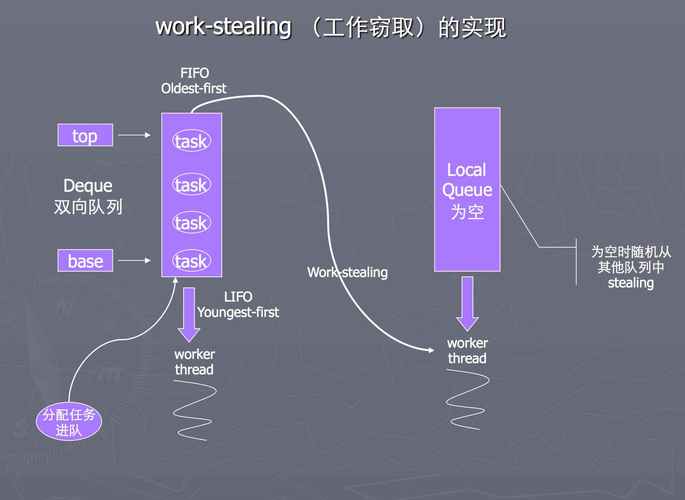
Countdown for Eth Merge: A Comprehensive Guide
As the Ethereum network prepares for its highly anticipated merge, the countdown is on for a monumental shift in the world of blockchain technology. The merge, which is set to unite the Ethereum mainnet with its proof-of-stake (PoS) chain, Ethereum 2.0, promises to revolutionize the way transactions are processed and secured. In this detailed guide, we’ll explore the significance of the merge, its potential impact, and what it means for Ethereum users and investors.
The Merge: What It Is and Why It Matters
The Ethereum merge is a process that will transition the Ethereum network from its current proof-of-work (PoW) consensus mechanism to a PoS mechanism. This transition is crucial for several reasons:

-
Energy Efficiency: PoW requires a significant amount of computational power, which consumes a lot of energy. The merge aims to reduce Ethereum’s energy consumption by over 99.95%.
-
Scalability: The PoS mechanism is designed to improve the network’s scalability, allowing for faster and more cost-effective transactions.
-
Security: The merge is expected to enhance the network’s security by reducing the risk of 51% attacks.
Here’s a table summarizing the key differences between PoW and PoS:

| Aspect | Proof-of-Work (PoW) | Proof-of-Stake (PoS) |
|---|---|---|
| Energy Consumption | High | Low |
| Scalability | Low | High |
| Security | Reliant on mining power | Reliant on staked ETH |
The Countdown: Where We Are and What’s Next
The Ethereum merge is scheduled to take place in the third quarter of 2022. As of now, the network is in the final stages of preparation, with several key milestones being achieved:
-
Ethereum 2.0 Deposit Contract: This contract allows users to lock up their ETH in preparation for the merge. As of April 2022, over 14 million ETH have been locked up.
-
Sharding: Ethereum has been gradually implementing sharding, a process that will enable the network to process more transactions simultaneously.
-
validator infrastructure: A robust validator infrastructure is crucial for the successful transition to PoS. Many organizations and individuals are actively participating in this effort.
As the countdown progresses, Ethereum developers are working tirelessly to ensure a smooth transition. Key milestones include:
-
Shanghai Upgrade: This upgrade is expected to be released in the first half of 2022. It will enable the withdrawal of staked ETH and introduce new features to the Ethereum network.
-
Capella Upgrade: This upgrade is expected to be released in the second half of 2022. It will further enhance the network’s scalability and security.
The Impact of the Merge
The Ethereum merge is expected to have a significant impact on various aspects of the blockchain ecosystem:
-
Energy Efficiency: The merge will significantly reduce Ethereum’s energy consumption, making it a more sustainable option for businesses and individuals.
-
Scalability: The PoS mechanism will enable Ethereum to handle more transactions per second, making it more competitive with other blockchain networks.
-
Security: The merge will enhance the network’s security, reducing the risk of 51% attacks and making it more resilient to attacks.
-
Investment Opportunities: The merge is expected to drive increased interest in Ethereum, potentially leading to higher prices for ETH and other Ethereum-based tokens.
What It Means for Ethereum Users and Investors
The Ethereum merge will have a significant impact on both users and investors:
-
Users: The merge will make Ethereum more energy-efficient





